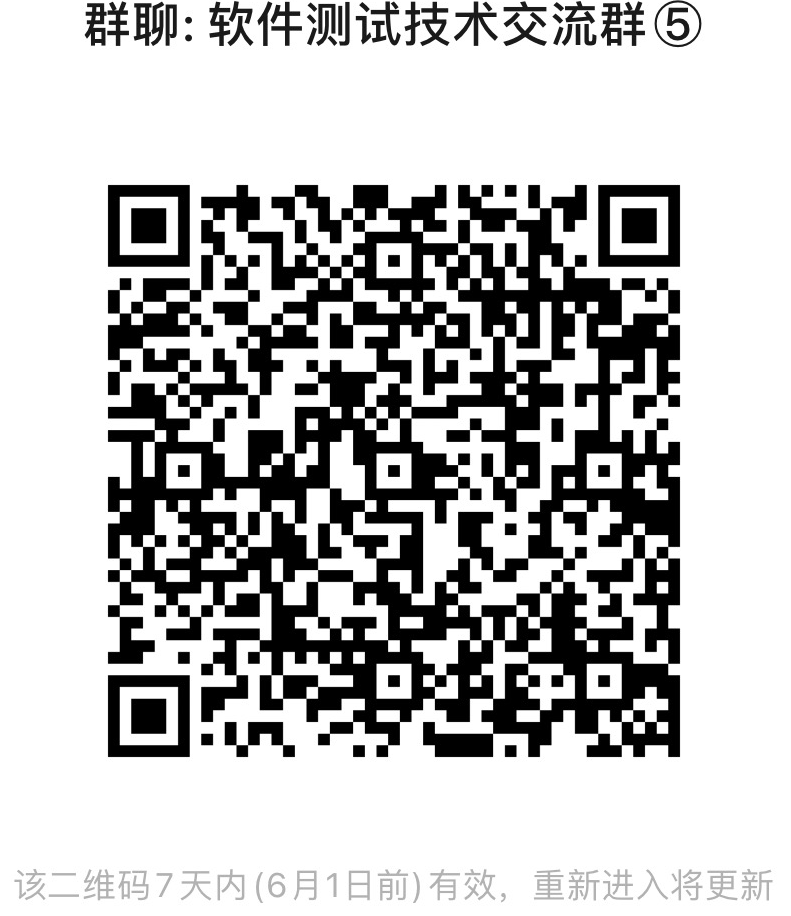文章目录
- 概述
- 原理
- 代码实现
- 小结
概述
职责链模式(chain of responsibility pattern) 定义: 避免将一个请求的发送者与接收者耦合在一起,让多个对象都有机会处理请求.将接收请求的对象连接成一条链,并且沿着这条链传递请求,直到有一个对象能够处理它为止.
在职责链模式中,多个处理器(也就是刚刚定义中说的“接收对象”)依次处理同一个请 求。一个请求先经过 A 处理器处理,然后再把请求传递给 B 处理器,B 处理器处理完后再 传递给 C 处理器,以此类推,形成一个链条。链条上的每个处理器各自承担各自的处理职 责,所以叫作职责链模式。
原理
职责链模式结构:
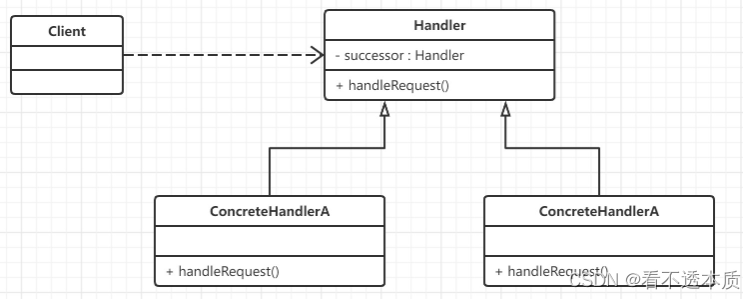
职责链模式主要包含以下角色:
- 抽象处理者(Handler)角色:定义一个处理请求的接口,包含抽象处理方法和一个后继连接(链上的每个处理者都有一个成员变量来保存对于下一处理者的引用,比如上图中的successor) 。
- 具体处理者(Concrete Handler)角色:实现抽象处理者的处理方法,判断能否处理本次请求,如果可以处理请求则处理,否则将该请求转给它的后继者。
- 客户类(Client)角色:创建处理链,并向链头的具体处理者对象提交请求,它不关心处理细节和请求的传递过程。
代码实现
class Context {
public:
std::string name;
int day;
};
class IHandler {
public:
virtual ~IHandler() {}
void SetNextHandler(IHandler *next) {
next = next;
}
bool Handle(const Context &ctx) {
if (CanHandle(ctx)) {
return HandleRequest(ctx);
} else if (GetNextHandler()) {
return GetNextHandler()->Handle(ctx);
} else {
// err
}
return false;
}
protected:
virtual bool HandleRequest(const Context &ctx) = 0;
virtual bool CanHandle(const Context &ctx) =0;
IHandler * GetNextHandler() {
return next;
}
private:
IHandler *next;
};
class HandleByMainProgram : public IHandler {
protected:
virtual bool HandleRequest(const Context &ctx){
//
return true;
}
virtual bool CanHandle(const Context &ctx) {
//
if (ctx.day <= 10)
return true;
return false;
}
};
class HandleByProjMgr : public IHandler {
protected:
virtual bool HandleRequest(const Context &ctx){
//
return true;
}
virtual bool CanHandle(const Context &ctx) {
//
if (ctx.day <= 20)
return true;
return false;
}
};
class HandleByBoss : public IHandler {
protected:
virtual bool HandleRequest(const Context &ctx){
//
return true;
}
virtual bool CanHandle(const Context &ctx) {
//
if (ctx.day < 30)
return true;
return false;
}
};
class HandleByBeauty : public IHandler {
protected:
virtual bool HandleRequest(const Context &ctx){
//
return true;
}
virtual bool CanHandle(const Context &ctx) {
//
if (ctx.day <= 3)
return true;
return false;
}
};
小结
本篇主要写了职责链相关的内容,包括职责链的概念,职责链的原理,以及职责链的代码实现。还是挺详细的,部分内容来源于这里,有兴趣可以去看看。当然,还是要自己去积累一些。OK,结束。
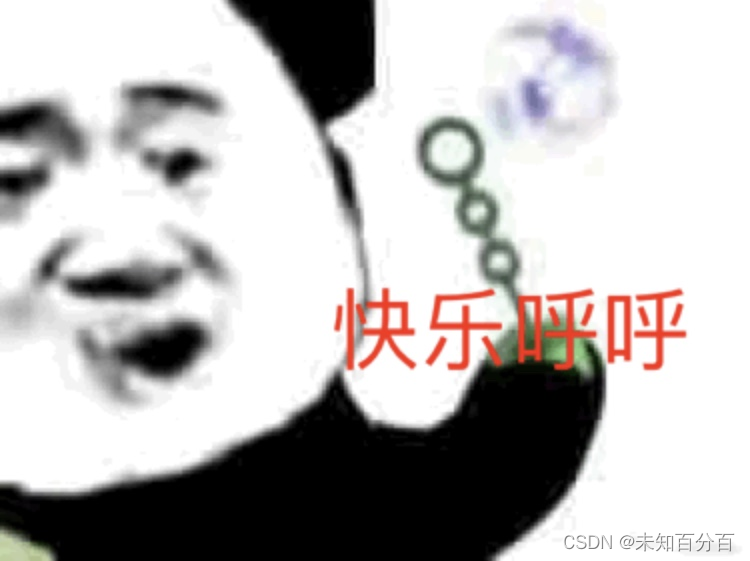



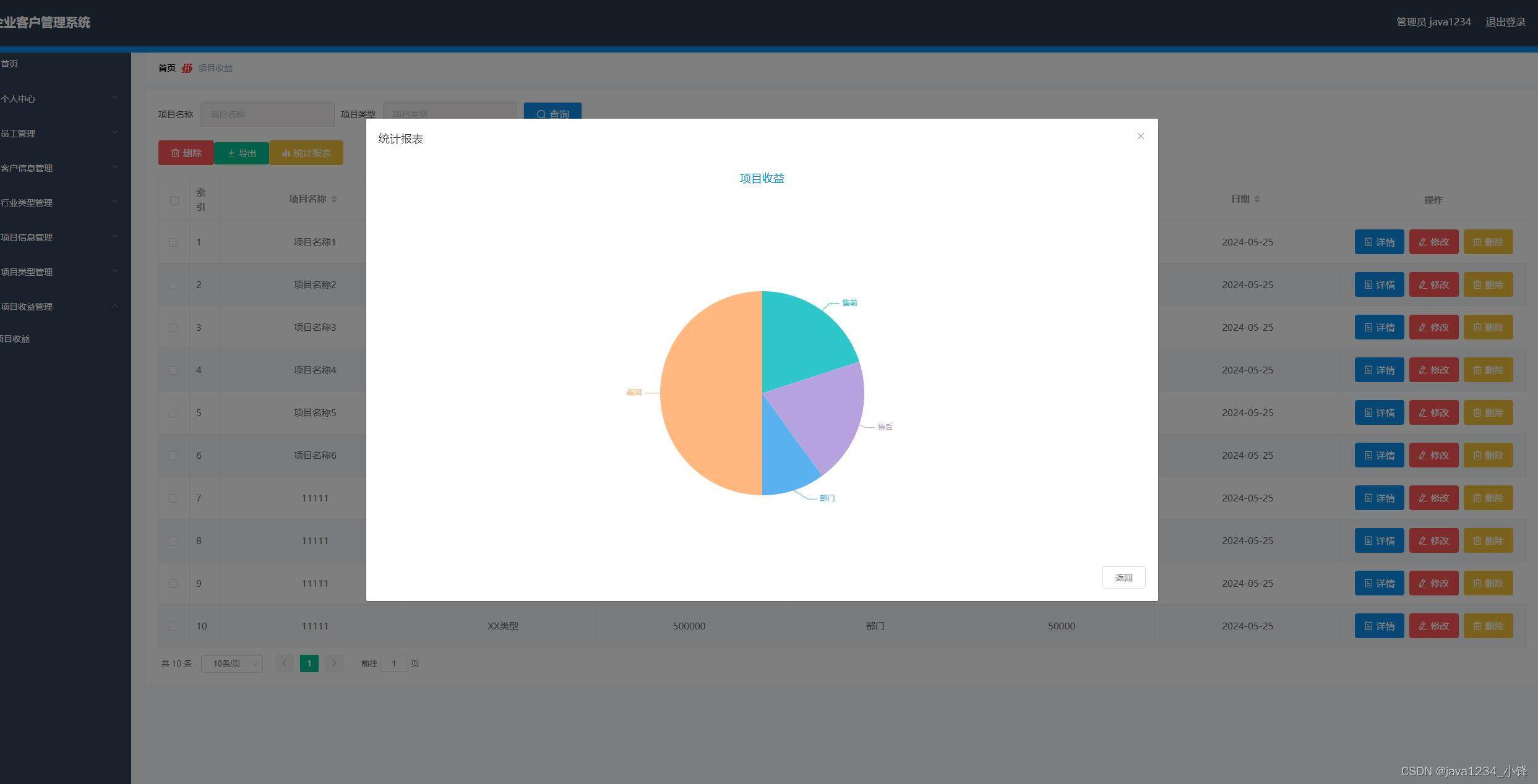
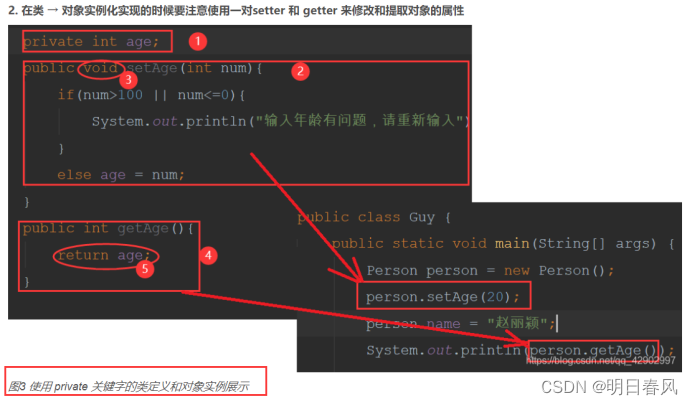
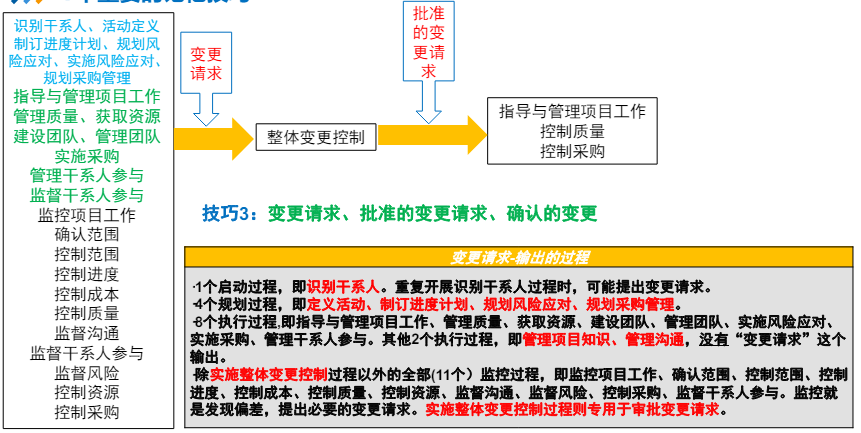
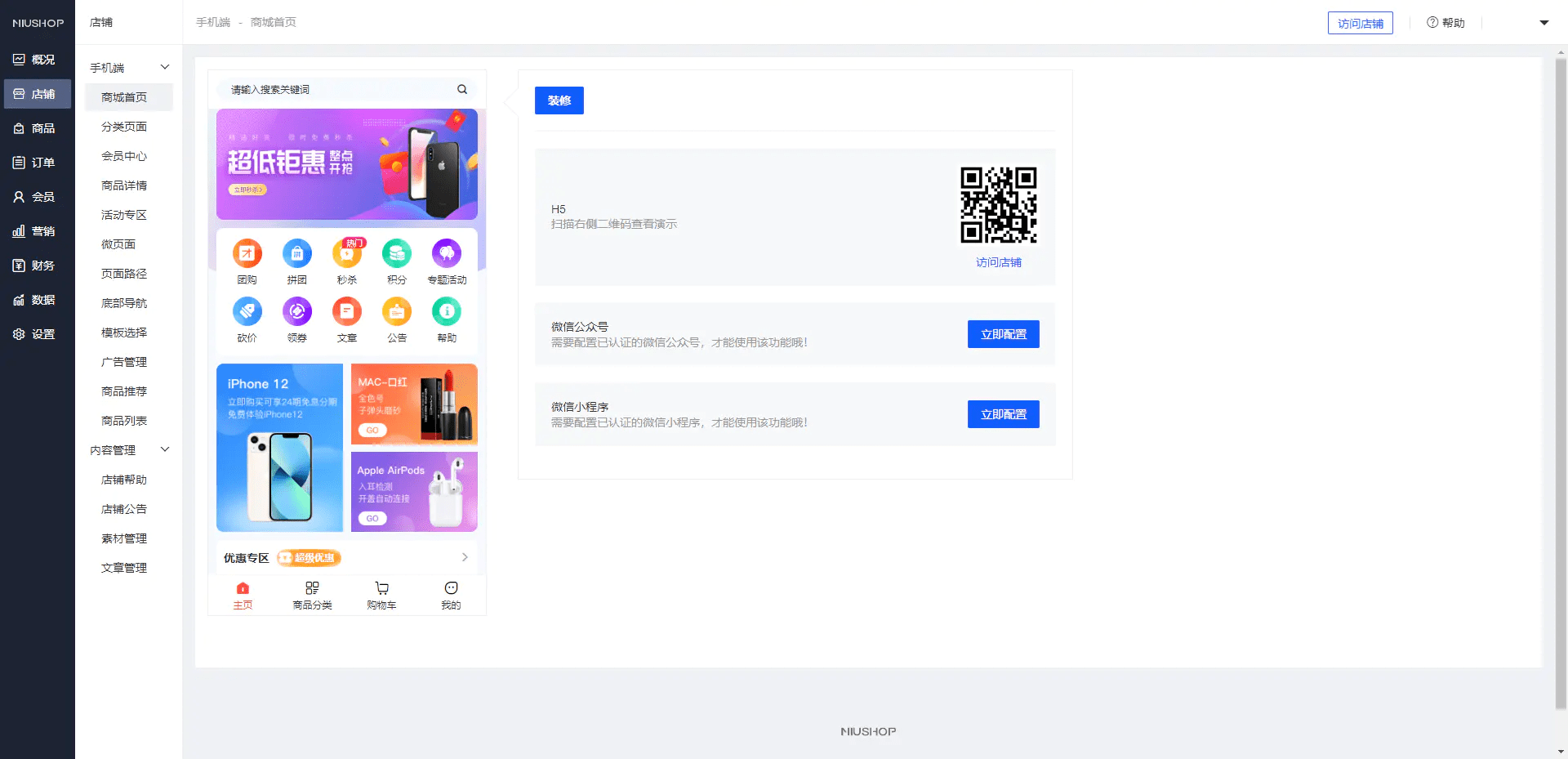
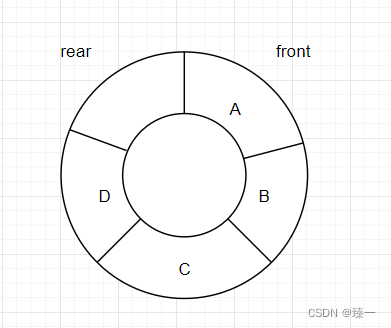
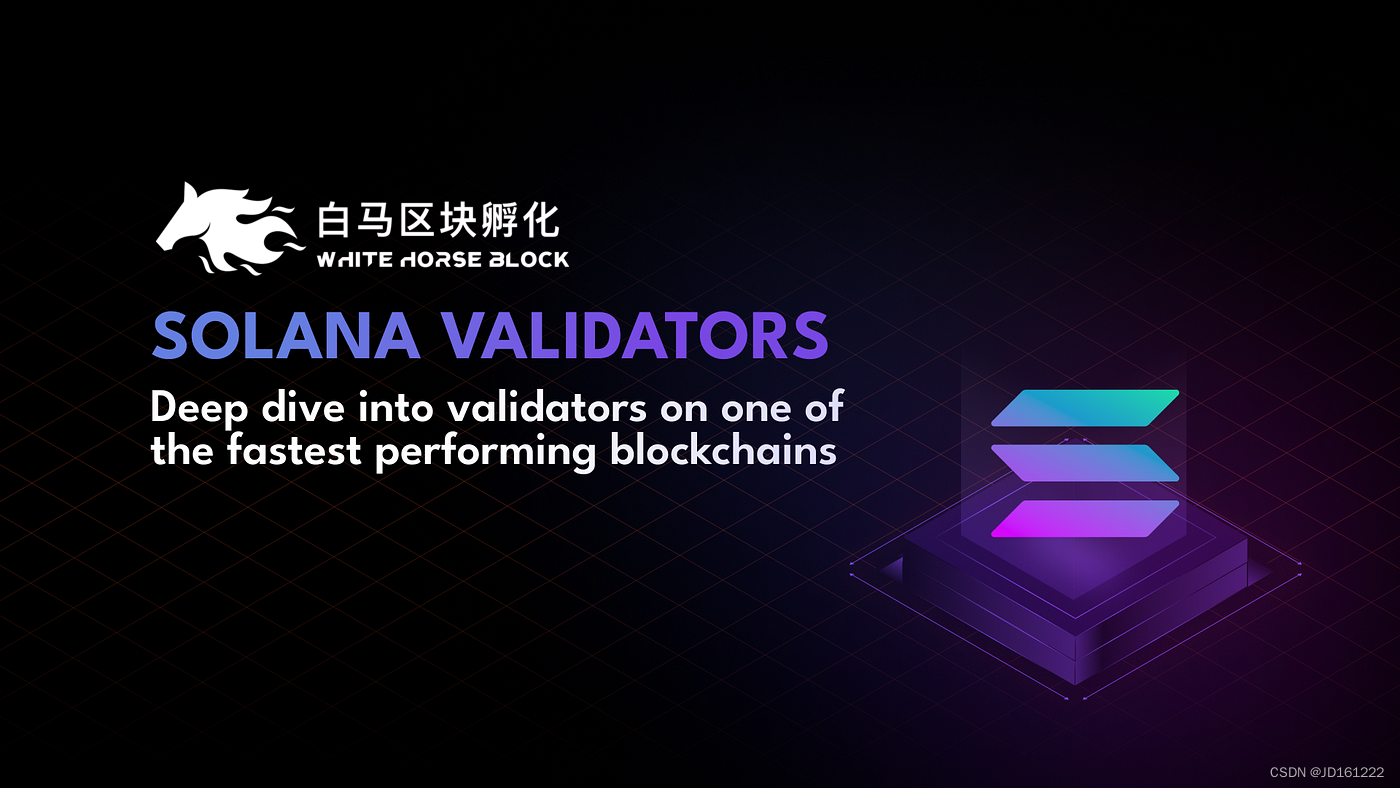
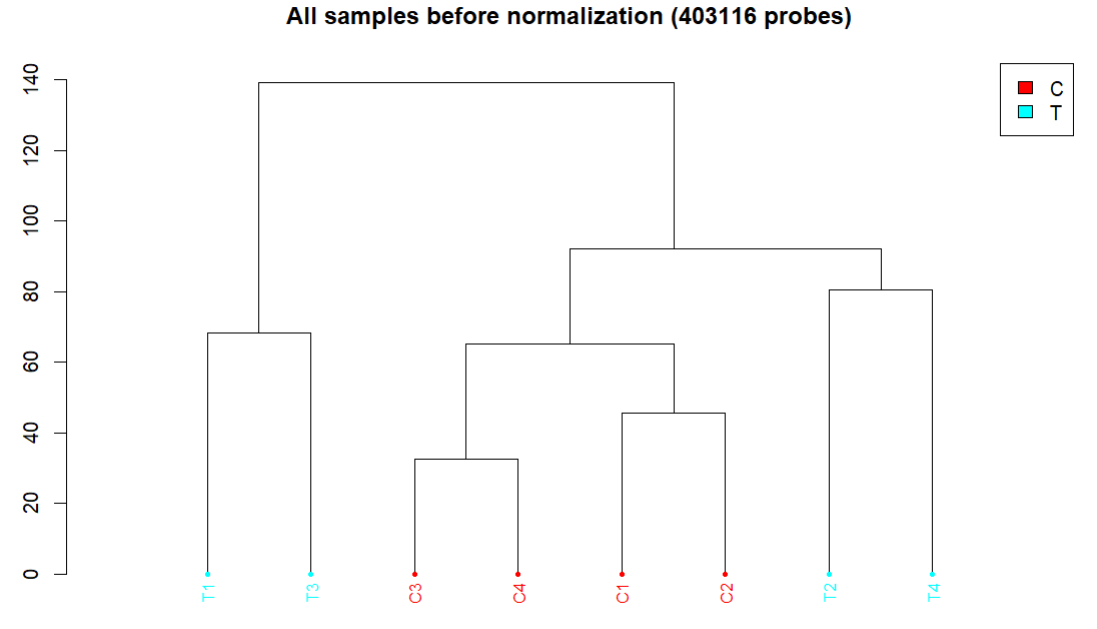
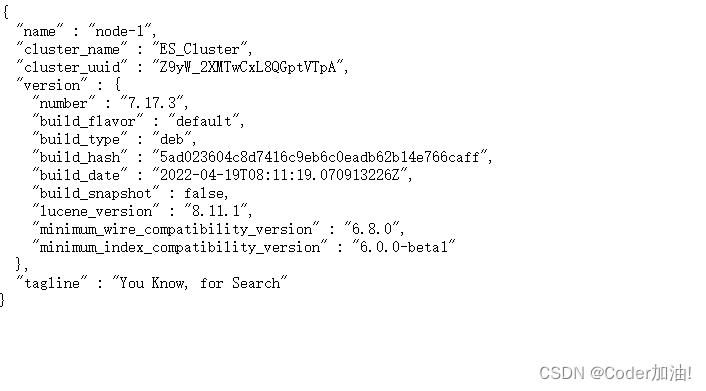
![Weblogic SSRF漏洞 [CVE-2014-4210]](https://img-blog.csdnimg.cn/direct/4a80a808c70f4af584f4dd6e74ebf3e4.png)
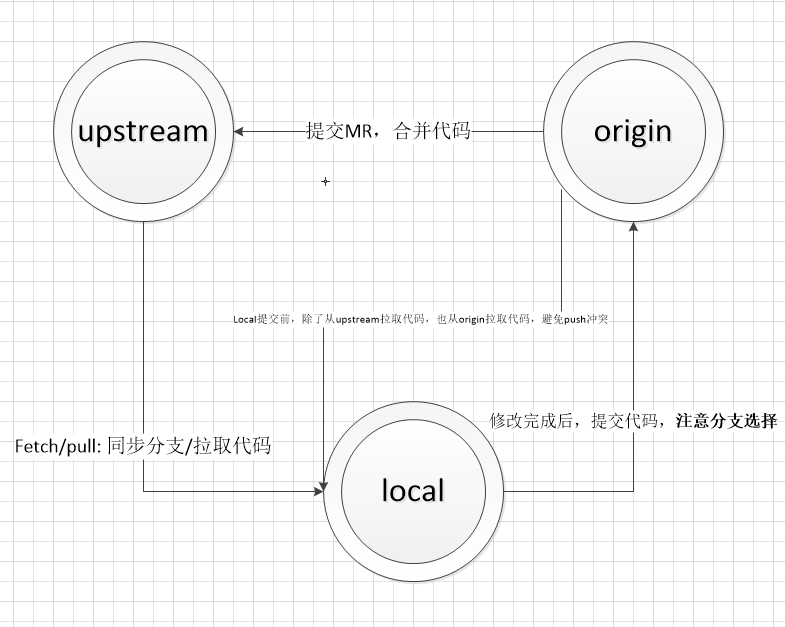
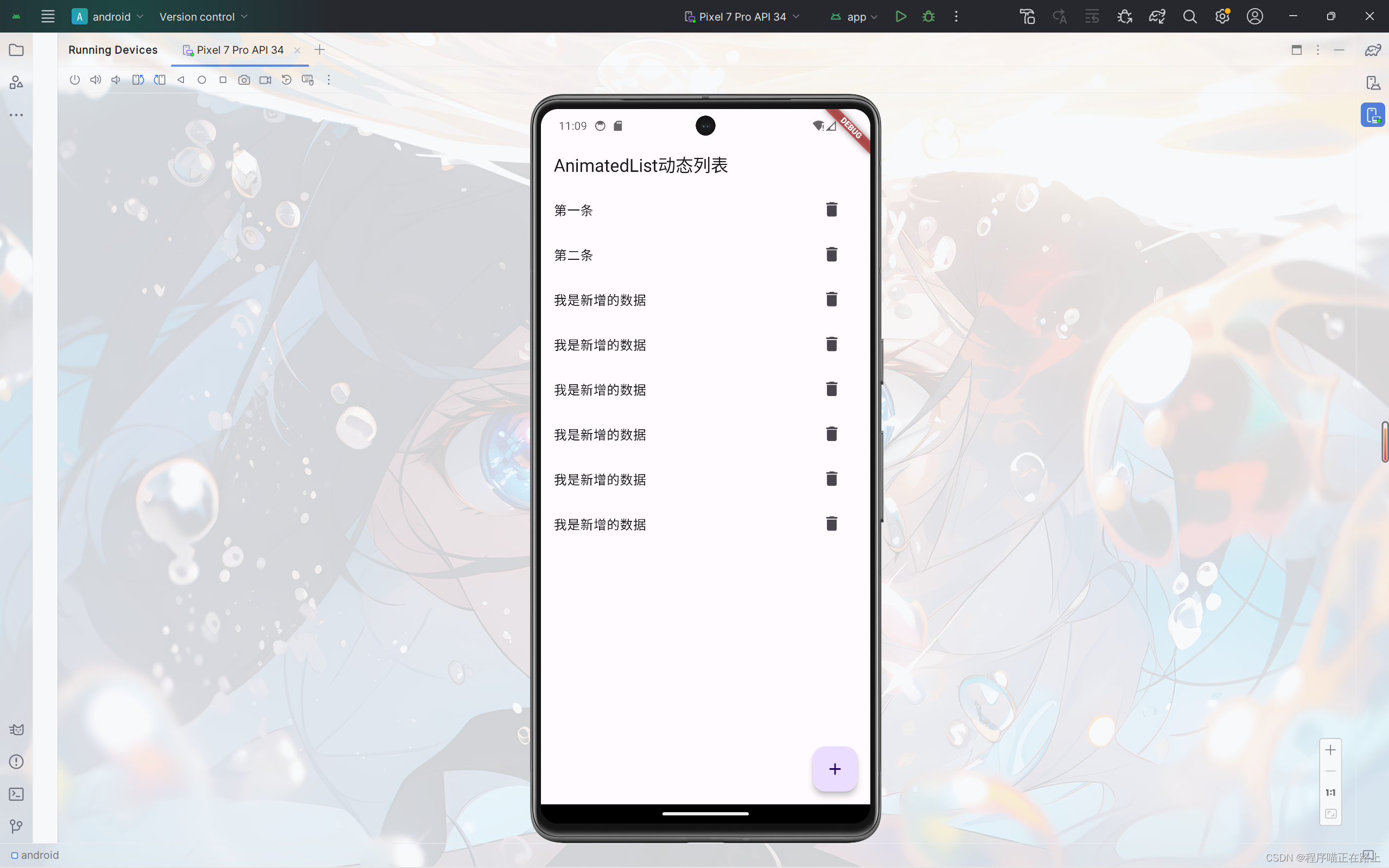
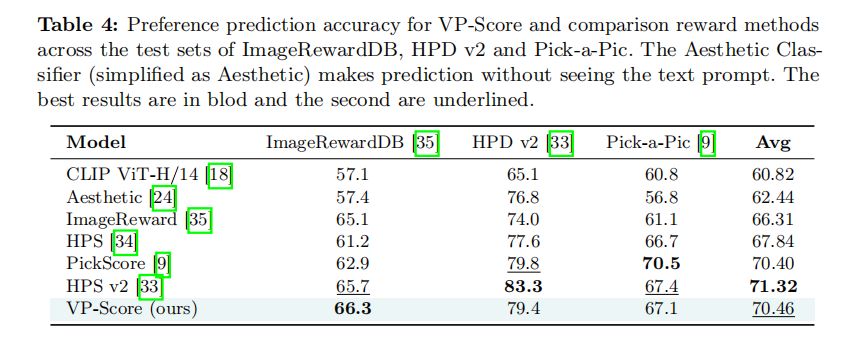
![[Algorithm][动态规划][简单多状态DP问题][买卖股票的最佳时机 III][买卖股票的最佳时机 Ⅳ]详细讲解](https://img-blog.csdnimg.cn/direct/b3a12acf506943bcb693463656f1ec9e.png)

